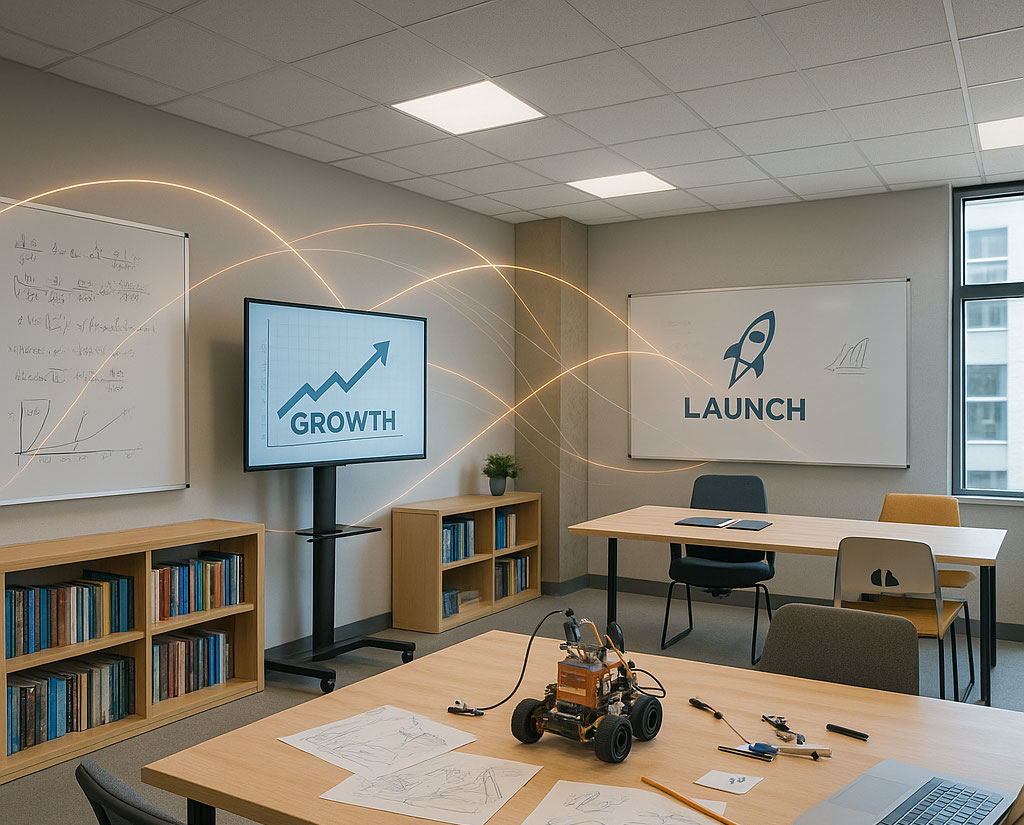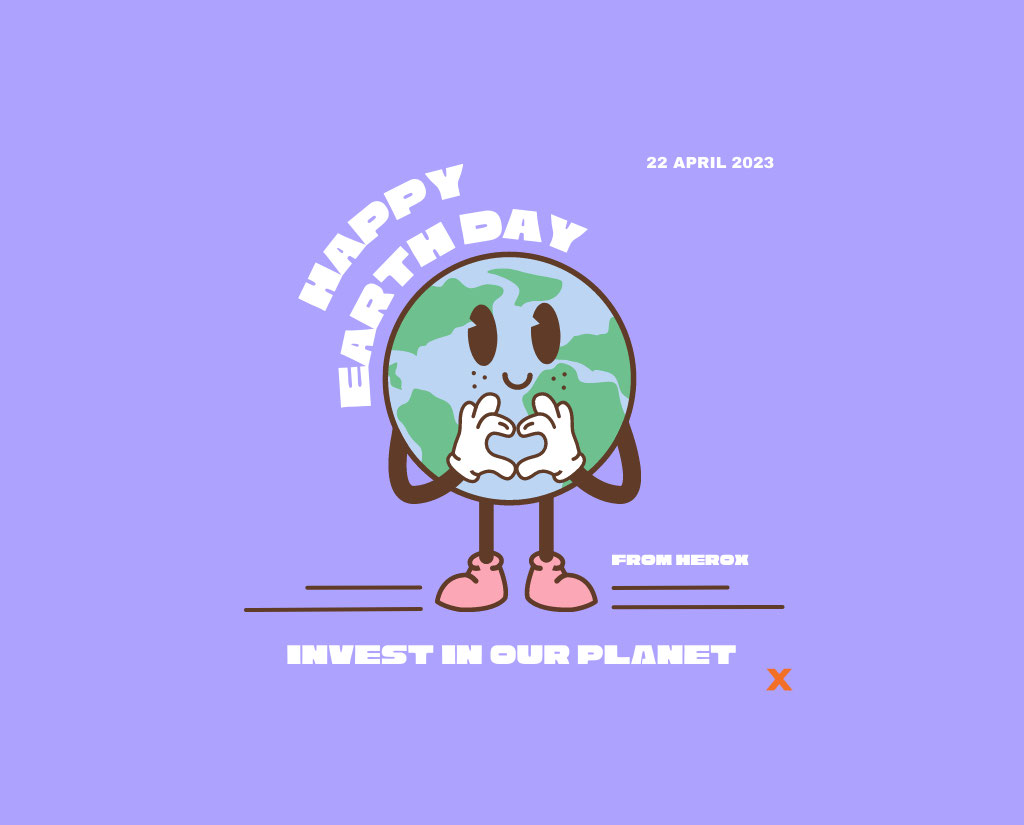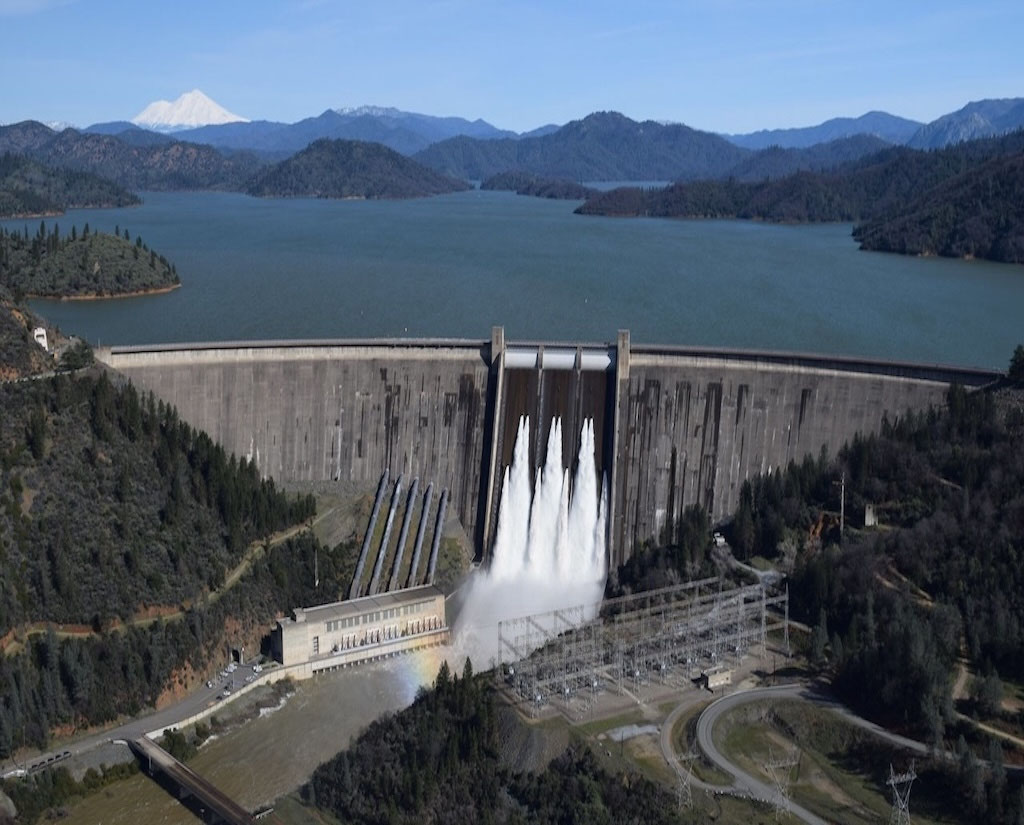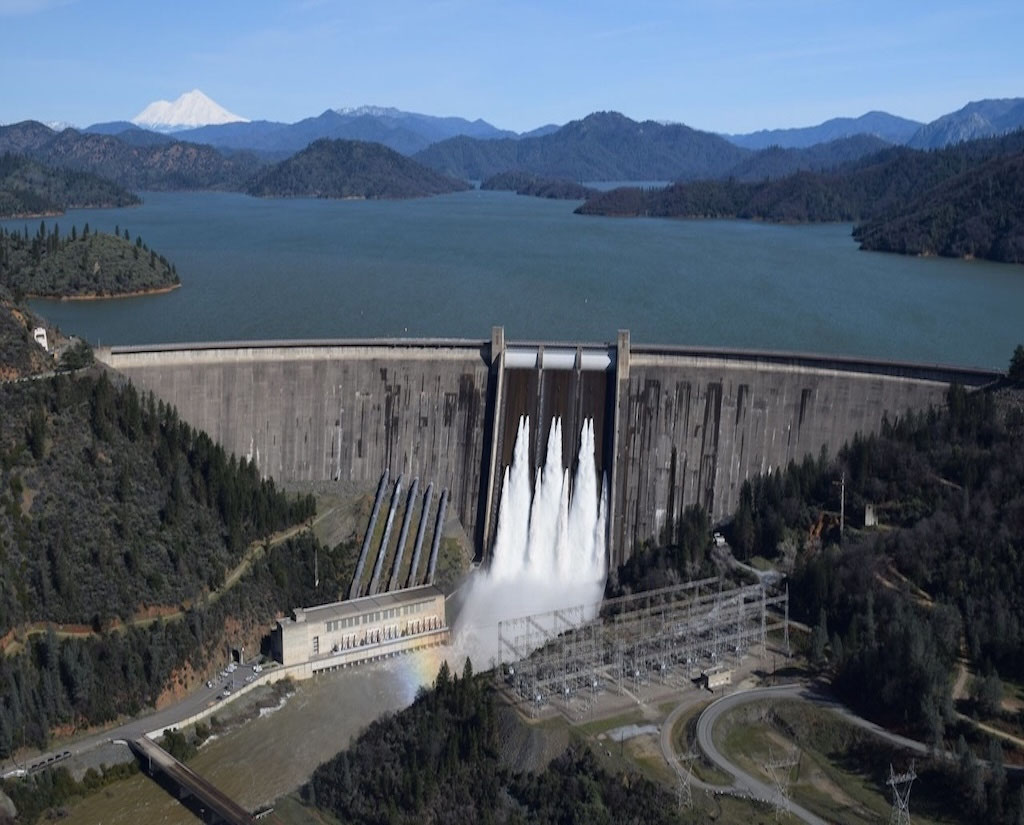
At HeroX, we're always on the lookout for innovative solutions that can drive positive change for the environment and society. As we reflect on the past decade, we're excited to highlight the top 5 Earth innovations that have made a significant impact on our planet, and we included the crucial role that crowdsourcing has played in accelerating their development. From solar energy to circular economy solutions, these innovations are paving the way for a more sustainable future. Join us as we explore these innovative solutions and their potential to create a better world for all.
Solar Energy: Harnessing the Power of the Sun
Solar energy has emerged as a leading source of renewable energy in the past decade. The cost of solar panels has decreased significantly, making it more affordable for individuals and businesses to invest in this technology. In addition, innovations in solar energy storage have helped address the intermittent nature of this technology, enabling it to be a more reliable and stable source of energy.

The US Department of Energy's SunShot Initiative launched several challenges, including the American Made Solar Prize and Solar Desalination Prize, to accelerate the development of solar technologies. The American Made Solar Prize offered $3 million in cash prizes to entrepreneurs developing innovative solar solutions manufactured in the US. The Solar Desalination Prize offered $9 million to innovators developing solar-powered systems for desalinating water.
Through these projects, the DOE harnessed the collective wisdom and creativity of innovators, accelerating the development of solar energy technologies and bringing them to market faster. Crowdsourcing is a powerful approach that can drive positive change for the environment.
Electric Vehicles: Revolutionizing Transportation
The past decade has seen a surge in the production and adoption of electric vehicles (EVs). Innovations in battery technology have made EVs more practical, with longer ranges and faster charging times. The widespread adoption of EVs has the potential to significantly reduce greenhouse gas emissions from the transportation sector, which is a major contributor to climate change.
.jpeg)
In 2009, the Automotive X PRIZE was launched to inspire the development of innovative, fuel-efficient vehicles. The competition challenged teams to design and build production-capable cars that could achieve at least 100 MPGe (miles per gallon energy equivalent). The prize offered a total of $10 million in cash prizes, with the winning team, Edison2, awarded $5 million for their Very Light Car, which achieved 102.5 MPGe. Crowdsourcing initiatives will only continue to help drive innovation and accelerate the development of EVs and charging infrastructure. By tapping into the collective intelligence and creativity of people from around the world, we can bring about a cleaner, more sustainable future for all.
Vertical Farming: Growing Up, Not Out
Vertical farming is an innovative way of growing crops in indoor environments using hydroponics, LED lighting, and other sustainable technologies. This approach uses less water and land than traditional farming methods, while also reducing the need for pesticides and herbicides. The technology has the potential to revolutionize the way we grow food, particularly in urban areas where space is limited.
.jpeg)
Crowdsourcing has been crucial in advancing vertical farming innovation. Competitions like the Farming Innovation Challenge and the Personal Food Computer Challenge have spurred the development of sustainable, high-tech indoor farming systems. PlantLab won €500,000 to further develop their vertical farming technology in the Netherlands. OpenAg launched the Personal Food Computer Challenge, which received over 150 submissions from 20 countries, to design and build small-scale vertical farming systems using sensors and other technologies to optimize plant growth. These types of projects have accelerated the development of efficient and sustainable ways to grow food, increasing food security and reducing the environmental impact of agriculture.
Circular Economy: Closing the Loop on Waste
The circular economy is an innovative economic model that aims to eliminate waste and promote the reuse of resources. This approach seeks to design products and systems that are regenerative, rather than linear and wasteful. In the past decade, there has been a growing recognition of the importance of the circular economy in addressing the global waste crisis and promoting sustainable consumption and production.
Bonsue
.jpeg)
Crowdsourcing has also been used to drive innovation in the circular economy, promoting the reuse and recycling of materials to reduce waste and promote sustainability. The Circular Design Challenge, launched by the Ellen MacArthur Foundation, invited designers to create products using circular design principles. The challenge received over 150 entries from 26 countries, with the winning designs showcasing innovative ways to repurpose waste materials and reduce environmental impact. Turning to the crowd unleashes the potential to unlock new ideas and accelerate the transition to a more circular and sustainable economy.
Bonus Content: Listen to Open Innovation Lab of Norway's @trulsberg on the current rate of innovation in the Nordic regions, how crowdsourcing is speeding up success, and how #innovationreadiness is a core ability affecting every sector and industry.
Carbon Capture and Storage: Trapping Carbon for a Better Future
Carbon capture and storage (CCS) is an innovative technology that captures carbon dioxide emissions from industrial processes and stores them underground or in other long-term storage facilities. This technology has the potential to significantly reduce greenhouse gas emissions from the industrial sector, which is a major contributor to climate change. In the past decade, there have been significant advances in CCS technology, making it more affordable and effective.
.jpeg)
The NRG COSIA Carbon XPRIZE challenged teams to develop technologies that could convert carbon dioxide emissions into valuable products. The prize offered a total of $20 million in cash prizes, with the winning team, CarbonCure, awarded $7.5 million for their innovative technology that uses carbon dioxide to improve the strength of concrete. Crowdsourcing has accelerated the development of carbon capture technologies and is helping to address the urgent need to reduce greenhouse gas emissions.
The Future is (Earth) Friendly
These are just a few examples of the innovative solutions that have emerged in the past decade to address the pressing environmental challenges we face. The future looks bright with continued investment and support for these innovative solutions. As we look ahead to the future, it's clear that consumers are increasingly demanding sustainable products and services, and companies that prioritize sustainability will be well-positioned for success. By continuing to invest in innovation and sustainability, we can create a better world for ourselves and future generations.
Your Crowd. Your Solution.
Have you explored crowdsourcing as a way to solve your business challenges? Tap into the crowd for new ideas while reaching new audiences and building your brand. Ask us how!









